In 2017, Nintendo released The Legend of Zelda: Breath of the Wild, a monumental action-adventure game, and the Switch’s first must-have title. While there are understandable criticisms of some of the game’s design decisions, its critical and commercial success revealed something profound about how many players want to interact with the game worlds with which they are presented. Indeed, Breath of the Wild proved that modern open-world games need not be frictionless experiences that lead players carefully by the hand, and the ripples of that lesson are still being felt nearly eight years later.
Much has already been written about how Breath of the Wild provides its players with something approaching true freedom, and it feels unnecessary to spend a significant amount of time detailing its central climbing mechanic, its non-linear structure, or its world, which uses structures and landforms to quietly invite exploration, once again. However, it is important to emphasize that those central aspects of the game, and others unmentioned, work together to give players a sense of real agency, a feeling that they can make meaningful choices about how to approach the game’s world and the challenges that are within it.
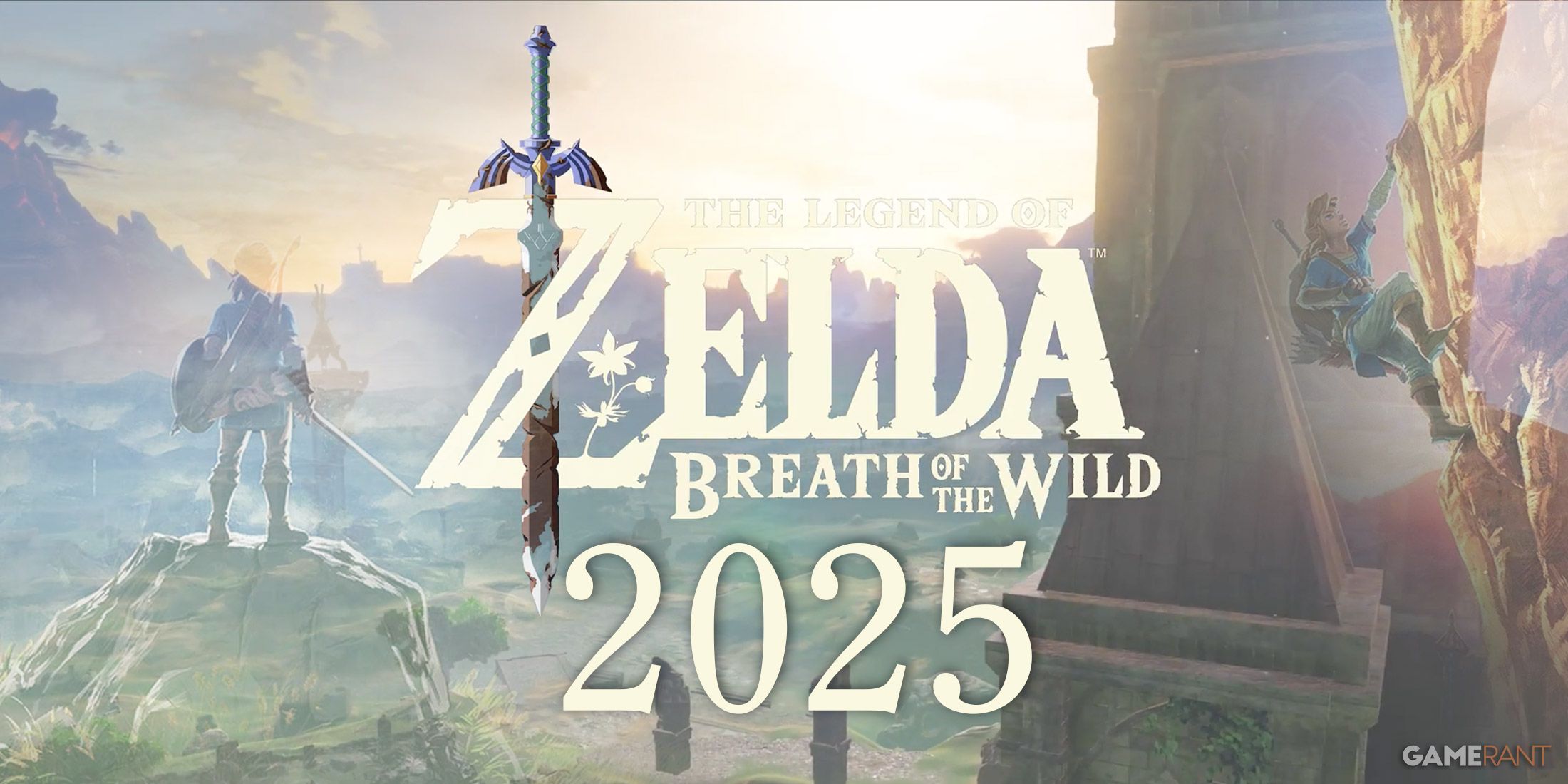
Related
Zelda: Breath of the Wild – Why You Should Start Over in 2025
With the approaching rollover into the Nintendo Switch 2, now is the perfect time to revisit the Zelda game that helped the Switch become what it is.
Zelda: Breath of the Wild Lets Players Hit Some Bumps
This emphasis on player agency may not sound particularly revolutionary, and it is definitely true that there were plenty of open-world games before Breath of the Wild that allowed players to express their creativity and take control of their destinies. The Elder Scrolls III: Morrowind, as just one of many possible examples, came out 15 years prior to BotW, and it offered players a tremendous amount of freedom. It could even be said that the original The Legend of Zelda, which was released in 1986, put player agency front and center with its open map and non-linear structure.
However, open-world games from the early 2000s (and before) were not without their rough edges, and as game development evolved, many of those edges were smoothed. In part, that smoothing of edges made vast improvements to in-game cameras, combat, and beyond, and many players would argue that the process led to titles that simply feel easier to play. However, something was also lost as gameplay systems were refined, and Breath of the Wild demonstrated how much value that something still has.
Specifically, Breath of the Wild showed that many players still desire some amount of friction, that they still want to be free to fail, that they still want to have the opportunity to figure “it” out. While the allure of refinement to the point of absolute smoothness is understandable, as being stuck and frustrated in a game can be, well, frustrating, many players are still happy to face some bumps in their open worlds. They do not need a map littered with waypoints to motivate their exploration. They do not need to be kept safe by artificial barriers.
Breath of the Wild Chooses Simplification Over Innovation
It could thus be said that Breath of the Wild‘s real mark on gaming history is its demonstration of just how valuable the removal of certain features can be. Indeed, the game strips back systems that make many open worlds more easily approachable, and it puts its focus on two fundamentals: tools that facilitate free exploration and a world that allows the desire to perform that exploration to arise organically. Those core aspects are then polished to a mirror shine, giving the game a modern feel and guaranteeing that any friction that players experience is not a product of poor controls or buggy environments.
Games that Take Breath of Wild’s Lessons to Heart
The overwhelmingly-positive response that BotW received makes it very clear that this approach is exactly what many players want, and this message was not left unheard. Indeed, there are a variety of games that seem to take direct cues from Breath of the Wild, including the likes of Sable and Immortals Fenyx Rising. However, it is perhaps Elden Ring, developer FromSoftware’s first real foray into open worlds, that best understood the lessons taught by Breath of the Wild.
As with Breath of the Wild, Elden Ring eschews systems that make the experience “too” smooth, such as an abundance of map markers, and players are sure to encounter a great deal of friction as they explore its punishing open world. In fact, it would not be difficult to argue that Elden Ring takes the approach even further, as the game strips away things like the quest logs upon which players so frequently rely.
Once again, this strategy proved to resonate deeply with many players, as Elden Ring reached tremendous levels of critical and commercial success. This further cemented the viability of taking a more hands-off approach to open world design, and developers will undoubtedly continue to explore that space with future titles.
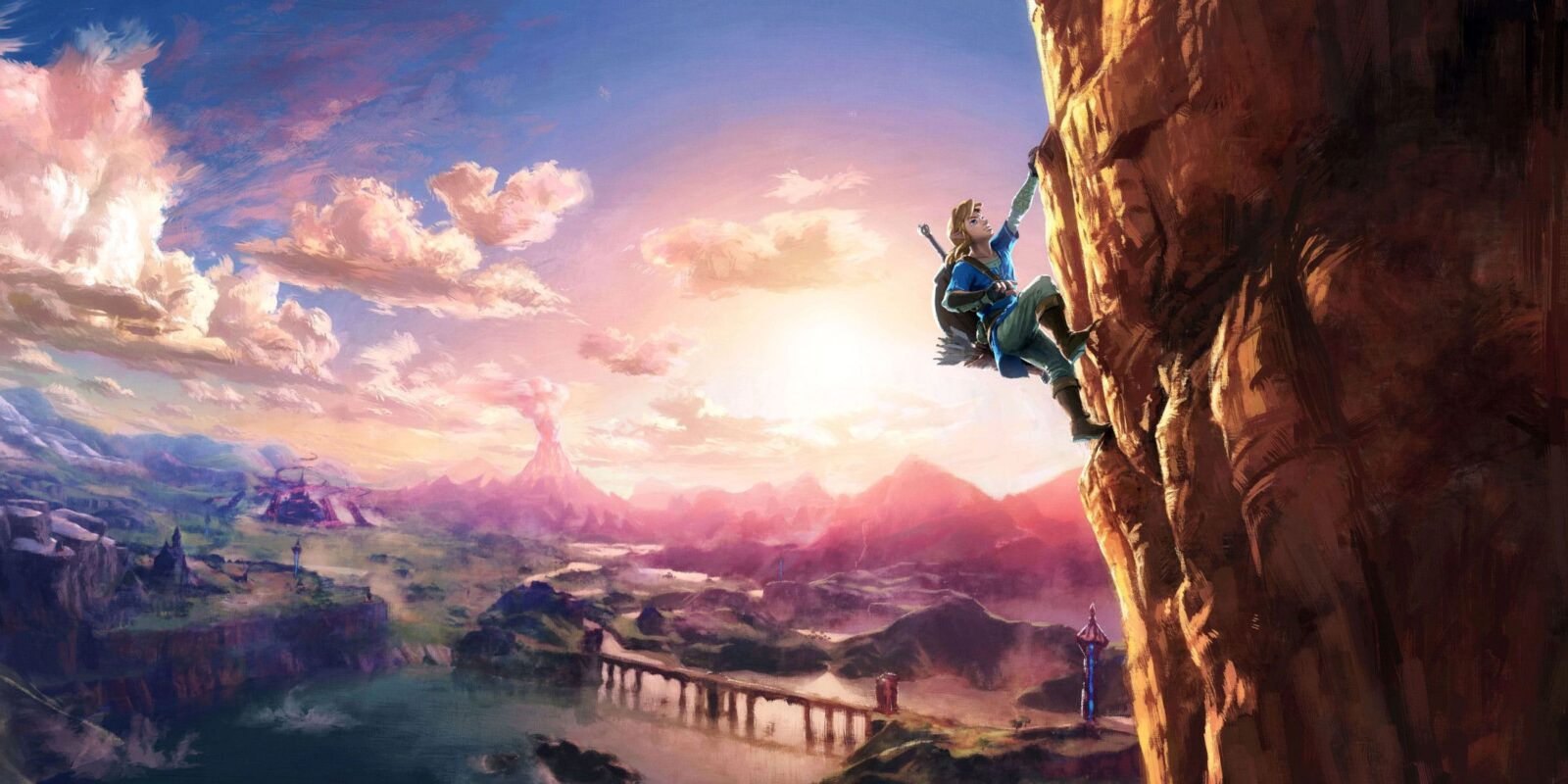

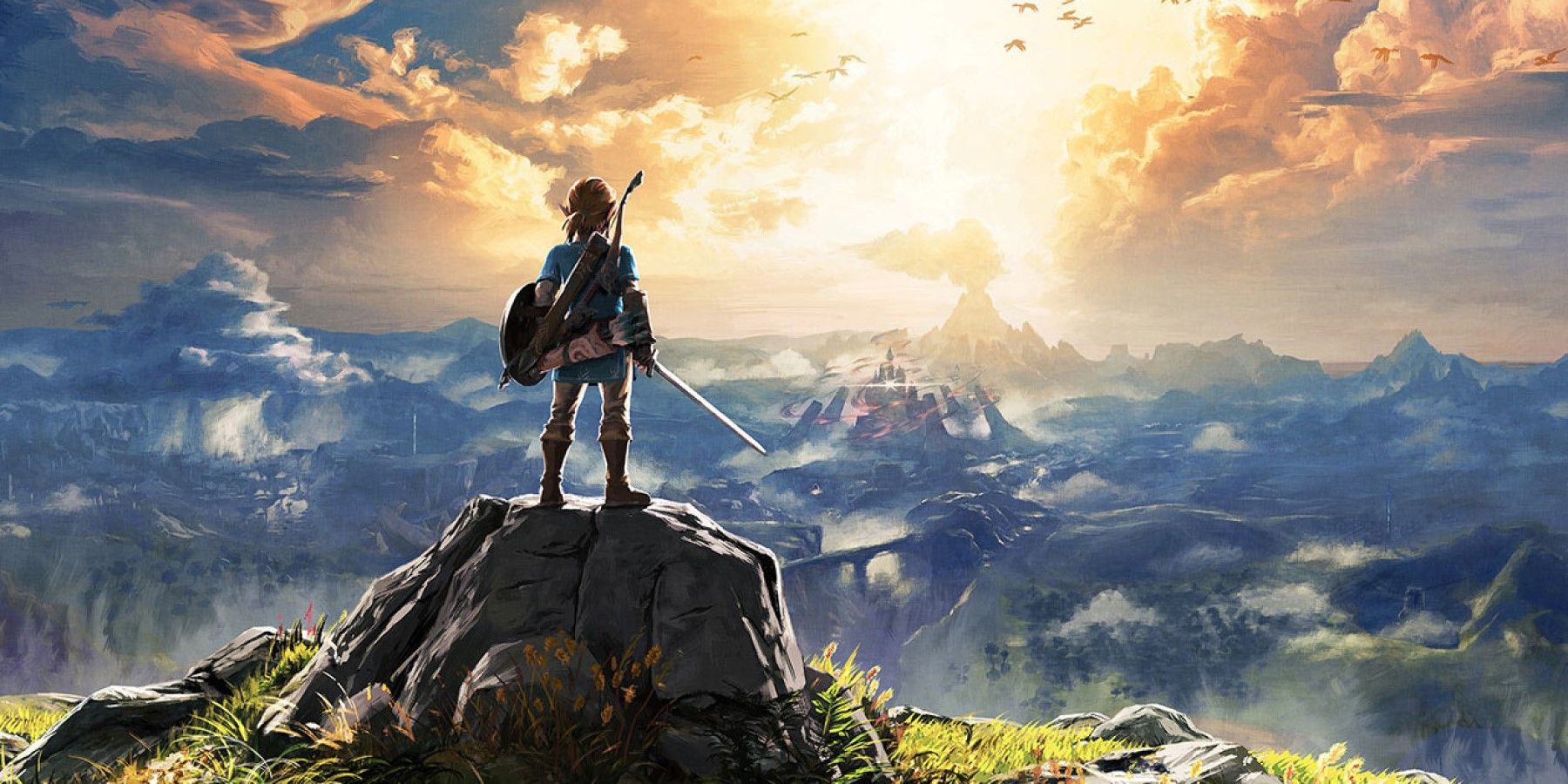
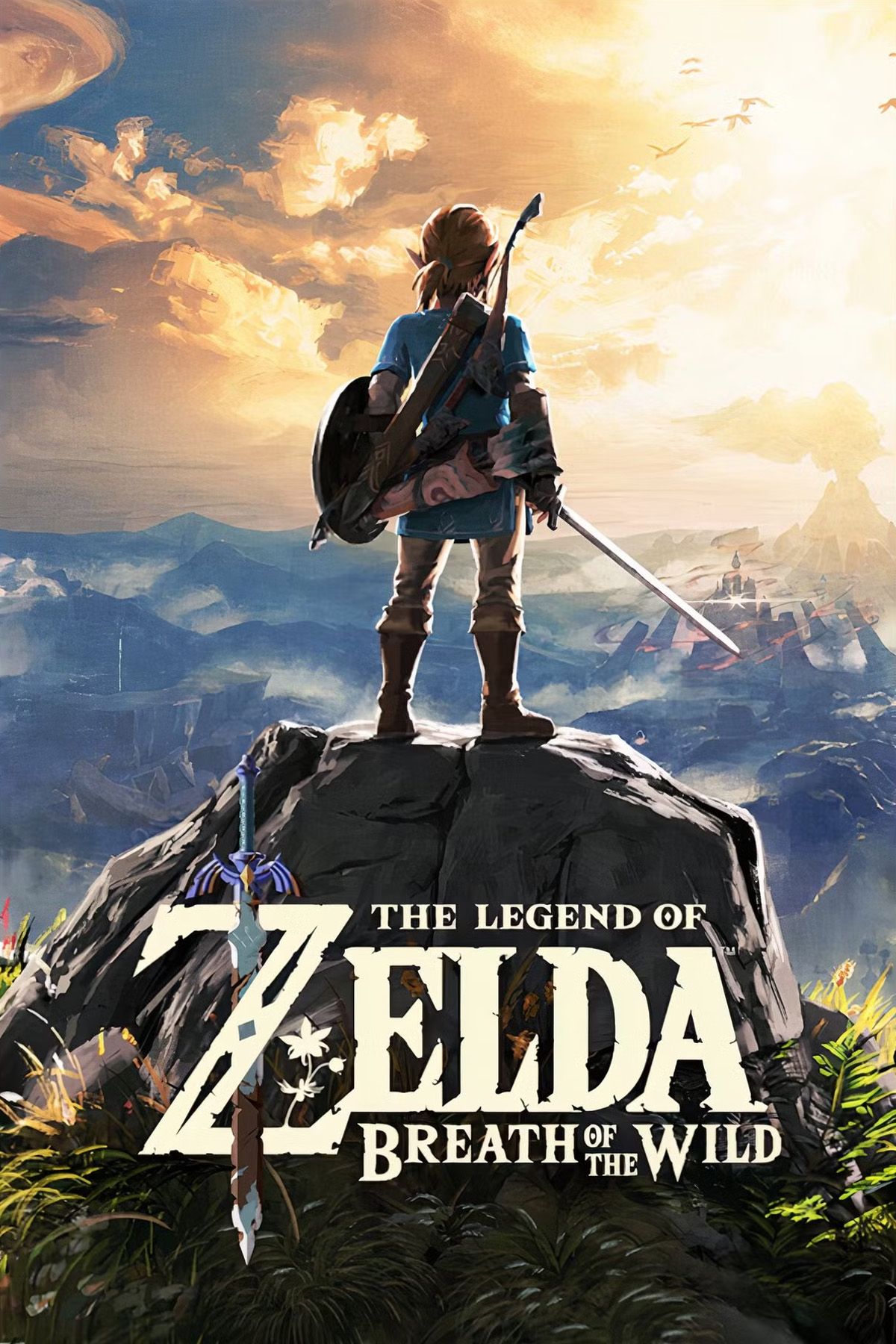
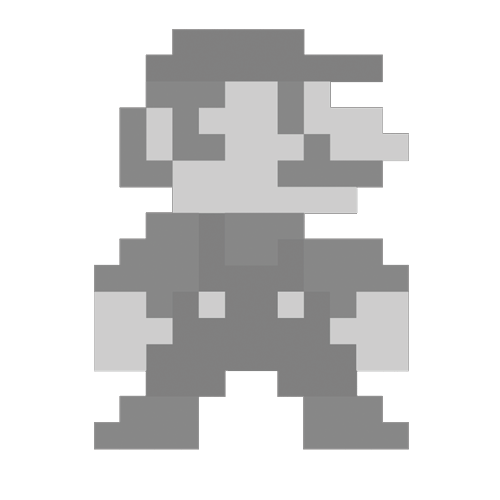





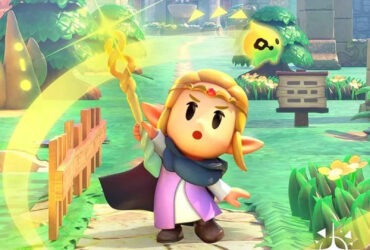
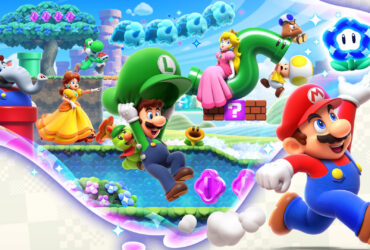

Leave a Reply